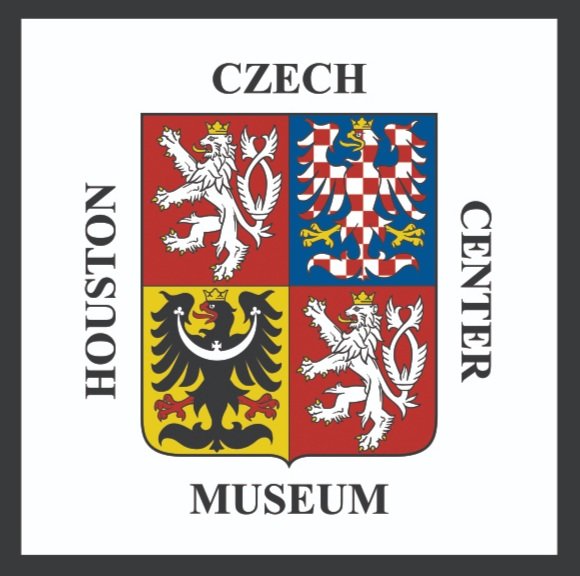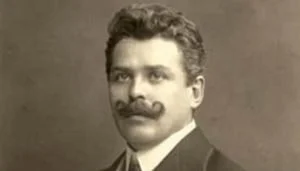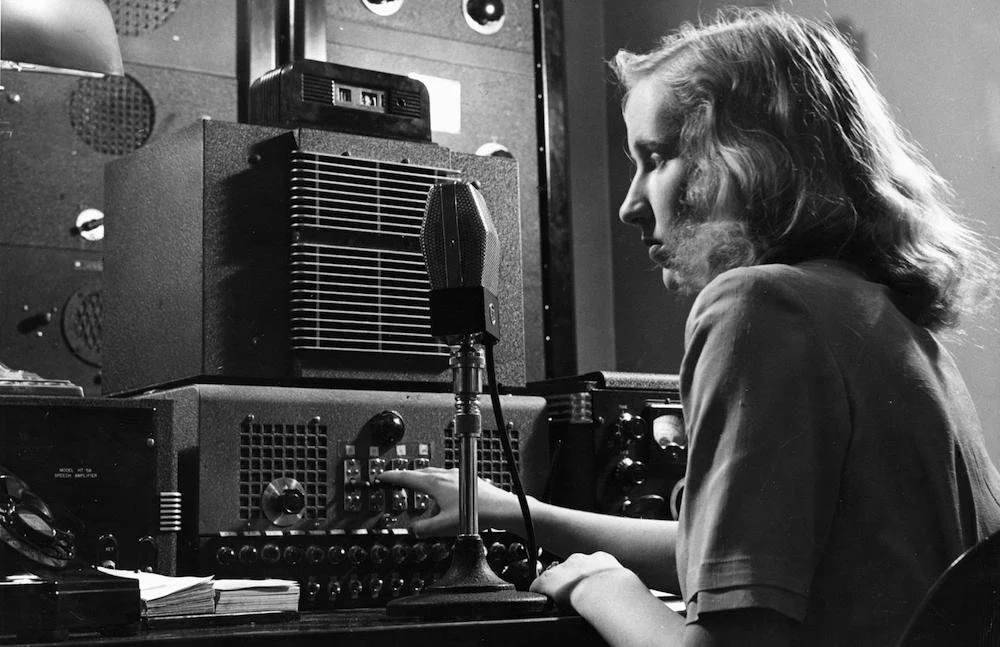St. George’s Basilica, the second church built in the Prague Castle was adopted by Benedictine nuns. Because of their involvement and the location of the basilica, it provided the citizens of Prague a place to socialize and politically organize. The existence of this convent provided girls and women to participate in the religious and educational landscape of Bohemia.
July 5: Day of Saints Cyril and Methodius
Saints Cyril and Methodius have shaped the history of Christianity and even language in Eastern Europe. By translating the Holy Bible into the Slavic languages, they were able to convert many Slavs to Christianity. Their efforts have resulted in the existence of the Cyrillic Alphabet through the development of the Glagolitic Alphabet, for example. July 5 is the day when the Saints’ far-reaching efforts are recognized.
Emil Zátopek: The Marathon Man Who Revolutionized Long-Distance Running
Emil Zátopek, born in 1922 in Kopřivnice, Czechoslovakia, rose from humble beginnings to become a long-distance running legend. His tough training methods, such as running in heavy boots and intense sprint sessions, prepared him for great success. At the 1952 Helsinki Olympics, he made history by winning gold in the 5,000 meters, 10,000 meters, and marathon—his debut in the event—setting new records. Zátopek's influence transcends his athletic achievements, inspiring generations with his innovative training philosophy and resilience in the face of challenges. His legacy remains a beacon in the world of sports.
Czechs and Coffee
Although Prague is known for its beer, another important stable of Czech culture includes coffee and coffeehouses. Coffeehouses provided a place for the poor, men, and particularly women to congregate, discuss, organize, and entertain. Although the use of coffeehouses by women was mired in controversy due to brothels attached to some of them, coffeehouses still provided a place for women to discuss societal emancipation. The Café Louvre is one such coffeehouse that has served as a bedrock for many historical figures to organize and entertain and continues to do so to this day.
Zdeněk Koubek: Competitive Sports and Gender
Zdeněk Koubek was a transgender track athlete who began his life fascinated by athletics, particularly after his family moved to Brno. He pulled his way up the sports ladder, beginning as a coach and instructor while training, breaking and setting national records, then winning two medals in the Women’s World Games. Koubek’s success, however, was met with doubt, as his androgyny caused the public to question the validity of his competitive success. The issues Zdeněk Koubek faced in the past reflects modern controversial topics in competitive sports.
Czech Dogs and their History
The Czech Republic is home to seven different dog breeds with a storied history. The Bohemian Shepherd, for example, is the oldest breed, developed to guard the Kingdom of Bohemia. Most of these breeds were developed for rescue missions and hunting, either with a human companion or on their own. These Czech dog breeds have shaped the nation and continue to provide companionship and support to this day.
Brief History of Pankrác Prison
In the late 19th century, Pankrác Prison was built to replace the old St. Wenceslas Prison. Built with what many considered to be modern amenities for a prison of its time, Pankrác Prison would go on to be used through the Habsburg monarchy, Nazi occupation, and communist rule, up until today where it is still in use.
Brief History of Czech Bunkers and Their Future
Daliborka Tower and the Legend of Dalibor
Descend into the legend of the Daliborka Tower and its namesake, Dalibor of Kozojedy, where he was imprisoned. You will learn about Dalibor and his violin, the structure of the tower, and what it is used for today. For example, you’ll learn how his placement inside the tower began due to a dispute between him and a Czech noble due to the treatment of peasant serfs.
Eliska Junkova: Queen of the Steering Wheel
Epidemiologist Ervin Adam helped eradicate polio in Czechoslovakia
Ervin Adam, a world-renowned Czech epidemiologist, died on 3/21/23 at the age of 101 in Houston, Texas. The doctor, who was instrumental in Czechoslovakia being the first country in the world to eradicate polio, went through several concentration camps during World War II because of his Jewish origin and survived a death march. From 1968 he lived in exile – first in Canada and later in the United States. In 2013 he received the prestigious Czech Head Award.
The Hussite Reformation: The Council and Trial of Jan Hus
Following his continued preachings of reform and his various excommunications, Jan Hus was called by Holy Roman Emperor Sigismund to come to the Council of Constance as part of his plan to resolve the issue centered around Czech heresy. The Council of Constance, which was convened in 1414 to solve the Western Schism, succeeded in its goal of doing just that. However, the council’s handling of Jan Hus and his growing Hussite following would prove far from successful. Imprisoned and put on trial, Jan Hus’s fate was in the hands of those who were to make a disastrous mistake in the long run and unleash war in Bohemia.
Jan Janský: Blood Types
The Hussite Reformation: Life of Jan Hus and the Church
In 1414, a Czech theologian named Jan Hus was called before the Council of Constance for heresy against the Catholic Church and Pope. Jan Hus had preached about the need to reform the corruption within the Church, desiring to adhere more to a more communal Christianity that he believed the New Testament spoke of, and for that he had been excommunicated numerous times. His life up to this point set the groundwork for the eventual history of the Catholic Church and the Holy Roman Empire to change forever.
Elizabeth Báthory: The Hungarian Countess
Jump into the world of Elizabeth Bathory, the Hungarian Countess, where you will learn about her bloody and murderous life. Bathory was abused as a child, which may have lead her to become violent. Her murder count is anywhere up to 600. You will learn about her crimes, punishment, and how it ended.
Czech Video Games
The Czech Republic’s video games industry has become one of the country’s major exports in recent years, with a diverse range of successful game development studios, publishers, and startups. The origins of the Czech video game industry can be traced back to the country’s rich cultural heritage in arts and animation.
Milan Štefánik: Slovak Astronomer and Aviator
Many know the life and legacies of Tomáš Masaryk and Edvard Beneš, two Czechs who helped to found Czechoslovakia. However, there was a third person who played a very important role in the founding of the country: a Slovak named Milan Štefánik. Before he participated in the founding of Czechoslovakia though, he was first an astronomer and aviator.
Radio Revolution
Radio and its revolutionary effect were felt in Czechoslovakia just as it was in the rest of the world. It began with the first broadcasts, occurring before World War I, into the first Czech-produced program in late 1919. Of course, as radio technology progressed and advanced, its use as a medium for propaganda grew more and more robust. Despite its use in propaganda, radio also served as a tool to disseminate important information about the nation and the world at-large.
Jan Kotěra: Founder of Modern Czech Architecture
Jan Kotěra was an important figure in Czech architecture for his use of modern elements in his works, earning him the title of “founder of modern Czech architecture.” Kotěra’s career began with the renovation of Červený Hrádek, using both neo-Gothic and Art Nouveau elements outside and inside, respectively. Despite being controversial in terms of culture and architectural style, Kotěra’s life and career continued in success, culminating in the creation of his 1913 “masterpiece” the Museum of Eastern Bohemia. Throughout his life, Jan Kotěra continued to create and build works of great architecture.
St. Martin's Day
On November 11th, the Czech Republic celebrated St. Martin’s Day by having a feast in honor of St. Martin of Tours. St. Martin of Tours himself was a Roman soldier who became a Christian monk after an act of kindness. One of the main courses features roasted goose, inspired by the story of cackling geese. This feast is a feature of many European cultures, as well.










